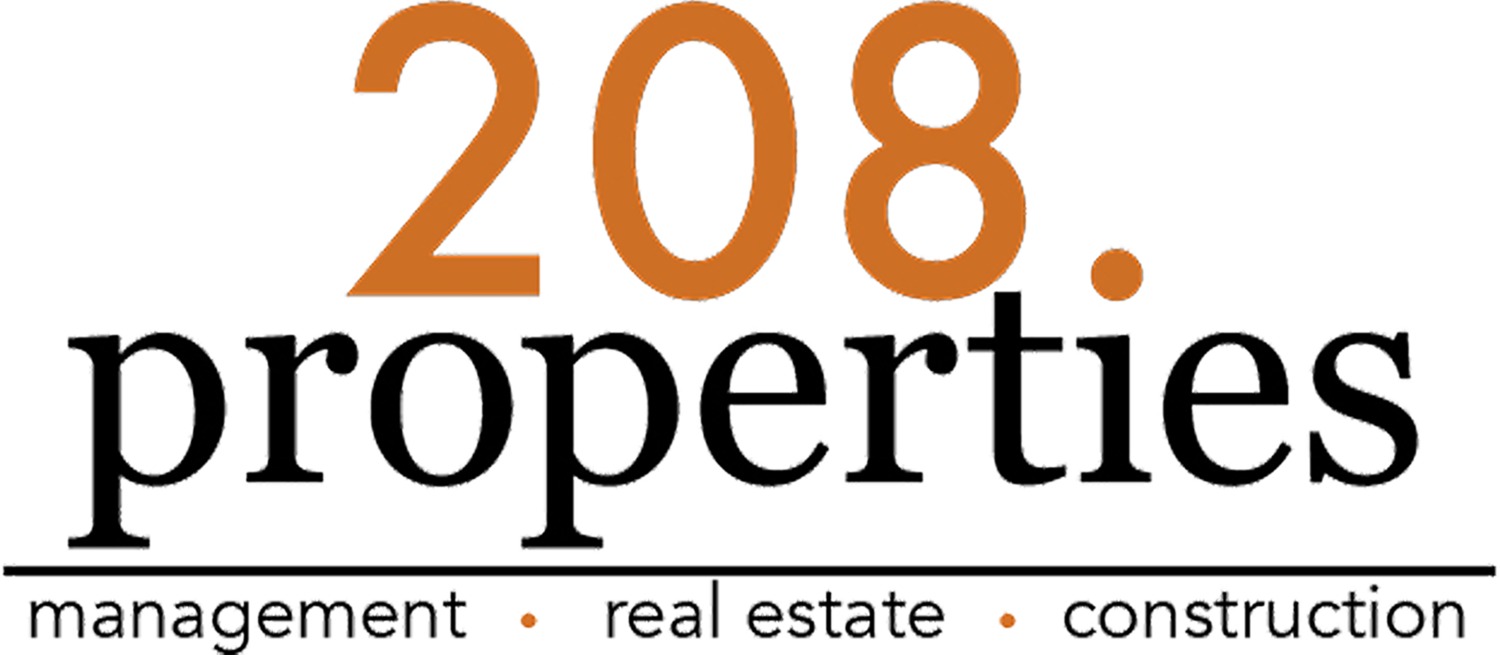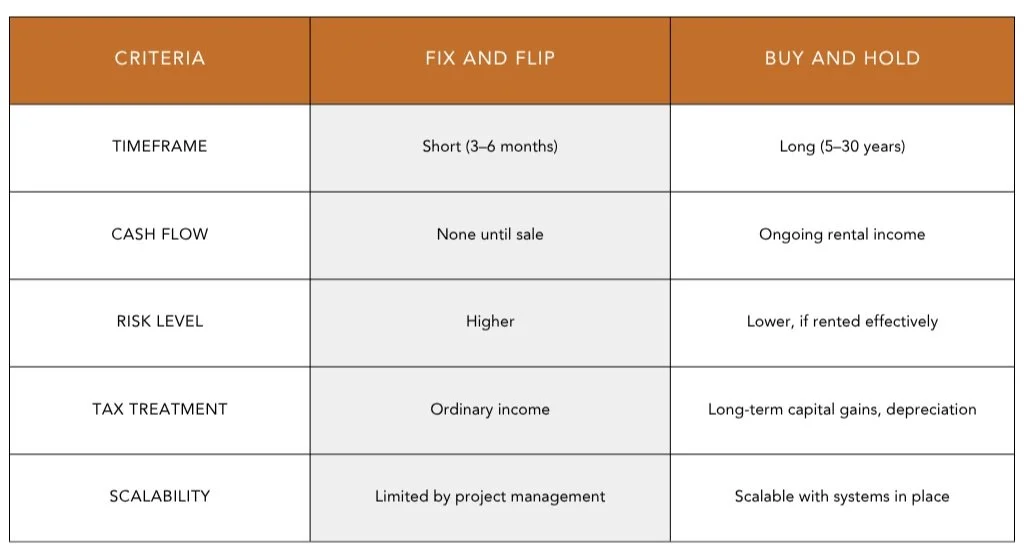Buying distressed properties, renovating them, and selling them for a profit—has been a cornerstone strategy in the real estate world for decades. It offers the allure of quick returns and visible transformation. But while shows on HGTV make it look effortless, the real-world fix-and-flip game demands knowledge, capital, risk tolerance, and solid execution.
In this article, we’ll explore the pros and cons of fix-and-flip investing, offer insights on realistic profit expectations, and provide tips for success based on current market trends.
The Fix-and-Flip Model Explained
The core formula for calculating potential profit looks like this:
ARV (After Repair Value) – (Purchase Price + Repair Costs + Holding Costs + Selling Costs) = Profit
Investors typically target undervalued or distressed homes, renovate them, and resell at or above market value. Timing, location, and execution are critical to success.
Pros of Fix-and-Flip Investing
High Potential Returns in Short Periods
Unlike rental properties that yield slow but steady cash flow, fix and flips can produce tens of thousands in profit within a few months. A successful flip might generate $30K to $70K+ in net profit depending on the market and scope.
Tangible Value-Add Strategy
You’re directly influencing the value of the asset by improving it. Cosmetic upgrades, layout improvements, and modern features can drive significant equity gains.
Quick Capital Recirculation
If timed and managed well, you can complete several flips a year, reinvesting profits quickly into the next project.
Tax Benefits (with Strategy)
While flips are taxed as short-term capital gains or regular income, investors can offset profits with losses, expenses, or structure their business as an S-corp or LLC for better tax treatment.
Learning Experience
Flipping teaches valuable lessons in project management, budgeting, market analysis, and negotiation that are applicable to all forms of real estate investing.
Cons and Risks of Fix-and-Flips
Market Volatility
A market downturn mid-flip can crush expected profits. If home values drop or mortgage rates spike, your finished property may sit longer or sell for less.
Cost Overruns
Renovations often exceed budget—unexpected plumbing issues, structural repairs, or city permitting delays can add thousands in surprise expenses.
Holding Costs Add Up
You’re on the hook for mortgage payments, utilities, property taxes, insurance, and loan interest until the property sells. Delays eat into profit margins fast.
Tax Implications
Flippers are often taxed at ordinary income tax rates, which can be 30%–40% depending on your bracket and location. This is significantly higher than long-term capital gains.
Project Management Demands
Coordinating contractors, staying on schedule, sourcing materials, and managing inspections is time-consuming and stressful. A mismanaged flip can turn into a financial sinkhole.
What Kind of Profit Can You Expect?
Here’s a rough estimate based on project size and market conditions:
Tips for Successful Fix-and-Flip Projects
Buy at the Right Price
Always work backward from ARV using the 70% Rule:
Max Purchase Price = (ARV × 0.70) – Estimated Repair Costs
This cushions your investment and allows room for profit.
Know Your Market
Understand buyer demand in the specific neighborhood. What upgrades will increase value? What price point moves fastest?
Build a Reliable Team
Work with trustworthy contractors, real estate agents, lenders, and inspectors. A dependable team can make or break your flip.
Have a Backup Plan
What if it doesn’t sell? Can you rent it out to cover costs temporarily? Having multiple exit strategies is essential.
Get Proper Permits
Cutting corners to save time can result in code violations or failed inspections. Always renovate to code, especially if flipping in a metro area.
Top Markets for Fix-and-Flips in 2025
Investors in areas like Boise, ID, Salt Lake City, UT, Phoenix, AZ, and parts of the Midwest (e.g., Indianapolis, Kansas City, St. Louis) are finding strong returns due to rising demand, affordable purchase prices, and limited inventory.
Fix-and-Flip vs. Buy-and-Hold: Which Is Better?
Fix and flips can be exciting, profitable, and creatively rewarding, but they’re not for the faint of heart. They require meticulous planning, adequate reserves, and the ability to adapt when challenges arise. For investors with the right mindset, market knowledge, and team, flipping can be a powerful wealth-building tool.
Before diving in, consider starting with a small project, or partner with an experienced flipper. Educate yourself, build relationships, and always run the numbers conservatively.
In real estate, the money is made when you buy right—not just when you sell.









